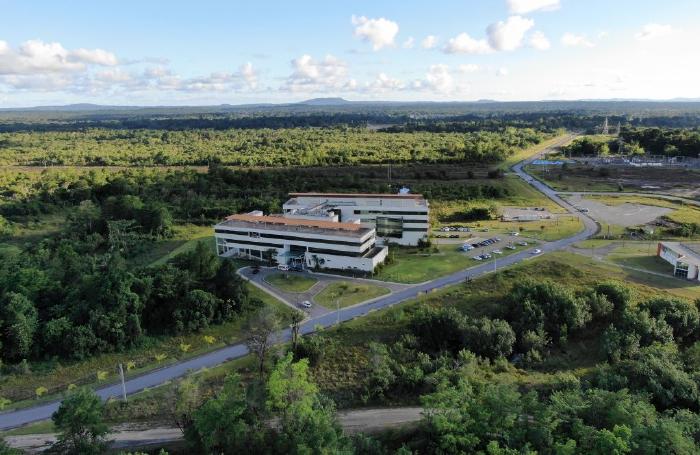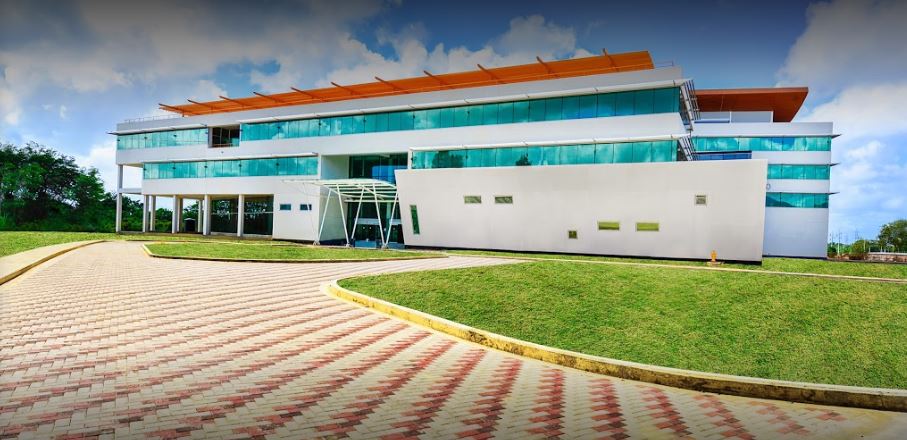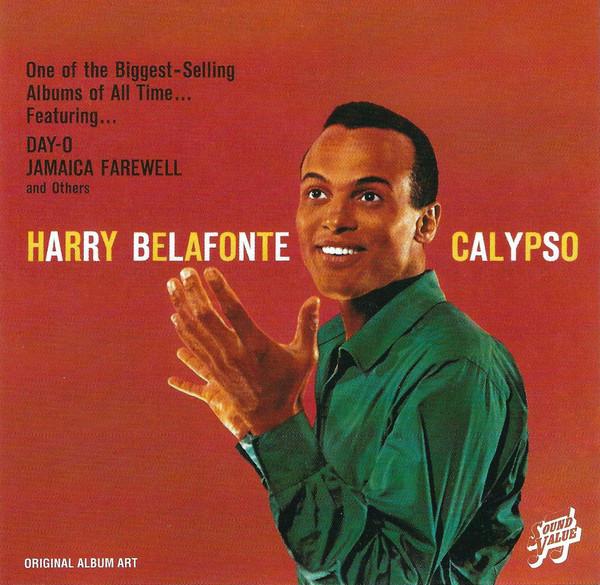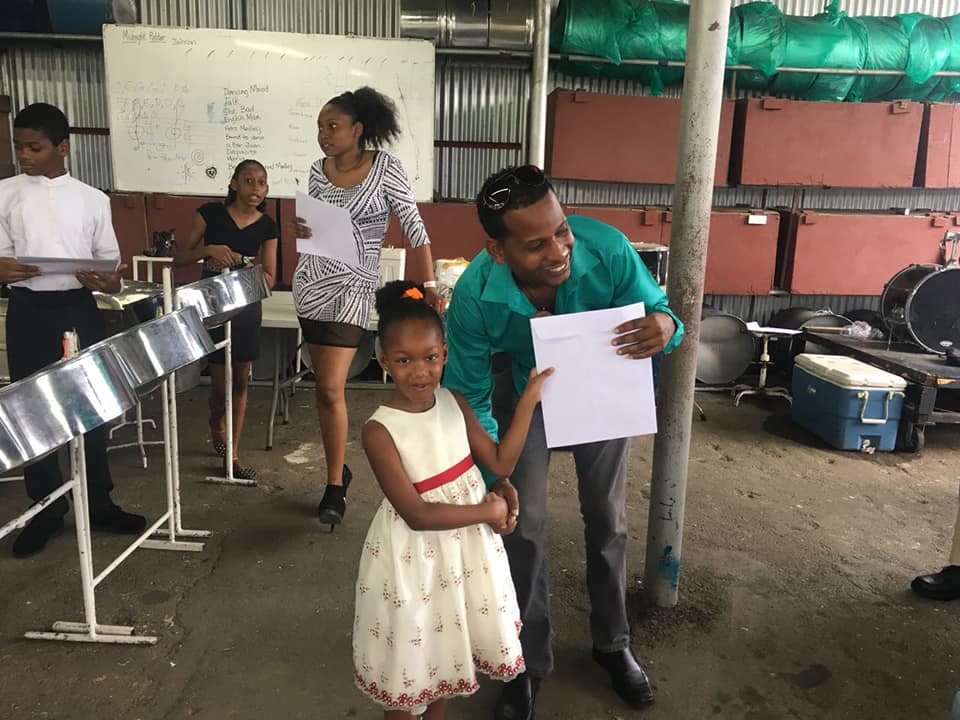Trinidad & Tobago, W.I. - The proposal is simple. It is to re-imagine the education system, from early childhood all the way up to university and adult education. It brings together the best pedagogical and creative minds in a national project to convert the entire school curriculum into digital content delivered in a variety of forms. While the focus has been on “devices”, this proposal looks at the other half of the equation: content. It addresses the questions of now that we are hustling education onto the digital highway, what are we putting into the computers on desks, laps and in hands, and where will it come from? The proposal is to link the development of a modern curriculum to our creative resources and to see this moment as a catalyst for activating and organizing the creative sector and developing the creative economy.
While there are indeed high quality educational content already developed abroad for many subjects, these should supplement Caribbean-specific teaching materials. Additionally, we need to recognise and maximise our competitive advantages in the global knowledge economy: Caribbean geography, history, economy, culture, environment, tropical flora and fauna, tropical medicine, engineering and architecture, Caribbean languages, so on.

Tamana InTech Park: progress in paradise (TID magazine)
Ten years ago, E-Teck came to the fore as the driver of an economic shift from energy dependency to a Knowledge Based Economy. The Tamana InTech Park at Wallerfield was to be the heart of an ICT thrust to provide “blanketed connectivity and an advanced highly-secured network” throughout T&T and connected to the world. Invoking the examples of European countries, the United States and South Korea, E-Teck envisioned a future for T&T among the innovative countries of the world. While it had important instincts in harnessing T&T’s creative capabilities to re-fashion the education sector via the University of Trinidad and Tobago (UTT), its blueprint for change missed two critical points: the importance of seeding change from the point of early childhood education where the culture of education is set for administrators, teachers, students and parents; and a national policy for organizing the country’s creative resources as the foundation of a knowledge economy with key competitive advantages within the global order. UTT has important impulses which draw on high-value indigenous resources but the overall plan lacked the coherence of a well-articulated knowledge eco-system geared towards defined outcomes.
This column is itself just an instinct towards changing the conversation about education by inviting us to imagine a national project that pairs educators, subject matter experts and curriculum specialists with writers, musicians, film-makers, playwrights, actors, singers, dancers, story-tellers, photographers and performers of all kinds. It urges us to see education as an evocative and experiential adventure in learning which is grounded in the mastery of our environment within the context of a dynamic world.

Tamana InTech Park
We talk ad nauseum about a future built on innovation but keep missing the dirty tricks that history has played in bequeathing us the legacy of an economy where it is possible to become a multi-millionaire by importing cheap plastic goods from abroad while our most creative, innovative minds are devalued and languish in poverty. It is no accident that while we invented and developed the Steelpan its wealth potential is being developed by others with the benefit of systems that value individual enterprise and entrepreneurship. Go back to the story of pan and ask yourself whether the explosion and excitement of invention that enraptured teenagers throughout Laventille, Woodbrook and other areas was not our version of Silicon Valley. Then contrast the US celebration of ingenuity and invention with our response of ostracism that endures to this day in the policy attitude towards our creatives as one of welfare and not investment.
Lloyd Best’s proposal of “School in Pan” is not about pan in school but the design of an approach to education that would release our individual power to innovate, create new products and solve problems using our imagination and the resources available to us.
The modern economy of T&T was built on the imported technology associated with the sugar, tobacco and cocoa industries, followed thereafter by oil and gas. While global forces are a fact of life, keeping the economy tied to global forces without the inherent capacity of a functional and productive onshore economy is to condemn the T&T economy to a future at the unpredictable junction between boom and bust.
This is no small project. It is a massive undertaking that would have to be appropriately designed and phased to achieve the twin objectives of transforming the education system while organising the creative sector and activating the knowledge and creative economy. The pedagogical objectives of the education sector require rigorous standards and a host of unique considerations for delivering standardized learning materials with integrity.
In the same way that the School Feeding Programme offers a blueprint for catalysing the agricultural sector and nursing it to the point where it can be weaned off state support, the transformation of the education curriculum by bringing our scattered creative resources into the process will provide the guaranteed work needed to lift them from freelancers to an actual industry, capable of eventually standing on its own in the world.
All we need is the ability to see our challenges from a different perspective and to examine the resources we have for dealing with them.

Calypso was the first LP record album to sell over one million copies
In this pandemic world, the capacity to create joy is a commodity of increasing market value. We should not discount our ability to find a solid place among the entertainment giants of the world. When Wendy Fitzwilliam described Trinidad and Tobago as the party capital of the world at the Miss Universe 1998 contest, she gave this country a shot at building a global entertainment brand that was first sealed when Harry Belafonte’s album titled “Calypso” made history as the first album in the world to sell one million copies.
Our creative capacity is a national resource in need of a policy breakthrough. Let’s prioritise this.


 When Steel Talks
shirts
When Steel Talks
shirts